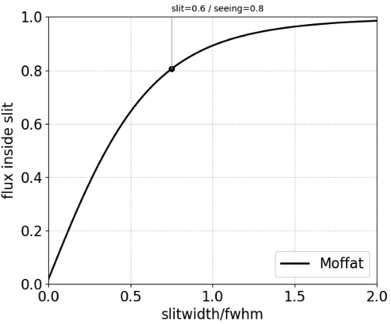Why MAAT at GTC
1. MAAT@GTC provides seeing-limited and wide-band Integral-Field Spectroscopy at low / moderate spectral resolution
Mirror-slicer IFUs on 10m-class telescopes

2. MAAT@GTC can perform absolute flux spectrophotometry
- All photons are collected
- Larger efficiency, thus enhancing the measured S/N
A clear advantage of IFS as compared to long-slit is the fact that all the flux of the object (point sources or extended features inside the IFU F.o.V.) can be collected allowing to perform absolute flux spectrophotometry and enhancing the S/N.
3. Advantage on bad (any) seeing conditions
MAAT keeps its nominal spectral resolution regardless the seeing conditions. This is a big advantage w.r.t. to the OSIRIS long-slit mode.
4. Target acquisition with no overheads
An entire FoV image could be generated from the 3D data cube field that will confirm the correct target acquisition, but at the same time will guarantee observations of targets whose position is known within an accuracy of a few arcsec. This represents another advantage to use MAAT, in particular for transient astrophysics.
 Why MAAT@GTC
Why MAAT@GTC